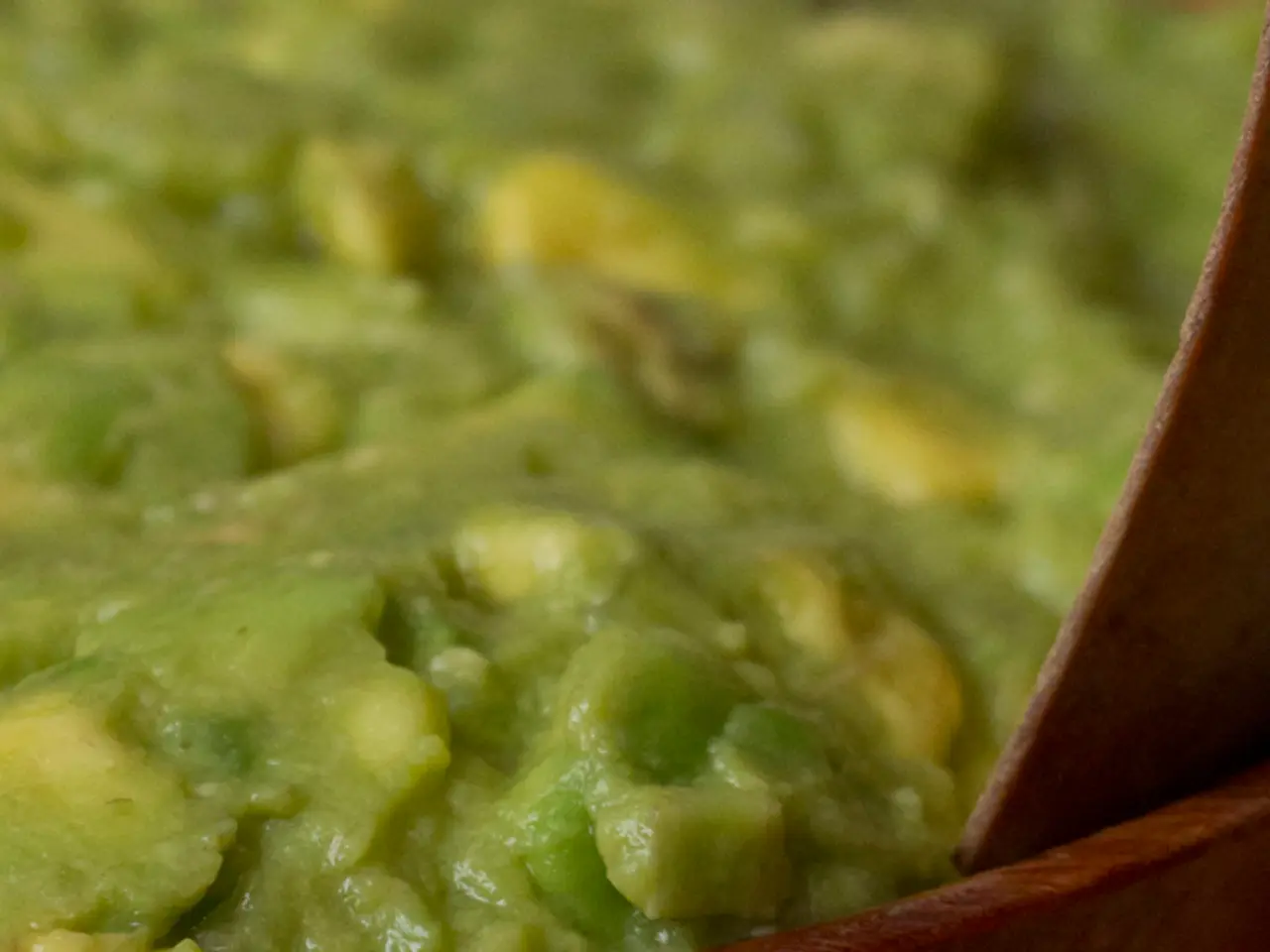Is it advisable to shun pre-packaged or storable foods?
In the realm of nutrition, there is no universally accepted definition for "processed food." However, the most widely recognized framework is the NOVA classification system, developed in 2009 by researchers at the University of São Paulo, Brazil. This system categorizes foods into four groups based on the extent and purpose of industrial processing, with Group 4 defined as "ultra-processed foods" (UPF).
Processed food, in a broad sense, refers to any food altered from its natural state through methods such as freezing, canning, baking, drying, or pasteurization. This includes a vast array of foods, from simple processed items like canned vegetables or pasteurized milk to more complex industrial formulations.
Ultra-processed foods (UPF) are a specific subset described by NOVA as industrially manufactured products containing ingredients rarely or never used in home cooking, such as protein isolates, hydrogenated oils, flavor enhancers, emulsifiers, colors, and additives. They are usually shelf-stable, highly palatable, energy-dense, and contain high levels of sugar, salt, and fat. Examples include packaged snacks, soft drinks, instant noodles, reconstituted meat products, and ready meals.
Shelf-stable foods, on the other hand, refer to foods processed or packaged in a way that allows them to be safely stored at room temperature for extended periods. This category can include canned goods, dried foods, and some ultra-processed foods, but it principally refers to the attribute of longevity, not degree of processing or ingredient complexity.
Packaged foods merely refers to foods that are sold in packaging. This includes minimally processed, processed, and ultra-processed foods. Packaging itself does not define processing level and can apply to fresh produce, deli meats, breads, or snack foods.
The distinction between processed, ultra-processed, and shelf-stable foods is important for consumers and dietitians alike. Many dietitians emphasize minimally processed or whole foods as healthier dietary choices, while recognizing that "processed" itself is not inherently negative—processing can improve food safety and availability. Ultra-processed foods are linked with negative health outcomes partly due to their nutritional profile and additives.
Federal agencies including the FDA and USDA are currently working on a uniform federal definition of ultra-processed foods to improve clarity and consistency in research, dietary guidelines, and consumer transparency. Despite variability in precise definitions, the consensus is that most foods undergo some processing, but ultra-processed foods are distinguished by their industrial ingredient complexity and potential health risks.
When it comes to making healthier choices, it's essential to be mindful of the ingredients in packaged foods. The more ingredients a packaged food has, the more opportunities there are for quality problems to emerge. It's also crucial to be wary of marketing claims such as "low-carb," "made with whole grains," or "natural," as these terms are not regulated by the USDA.
Dietitians encourage checking the integrity of the package before consuming shelf-stable foods. Choosing prepackaged foods with fewer calories from fat or sugar and less overall sodium is a good starting point. Some healthy, shelf-stable pantry staples include beans, lentils, tuna, low-sodium soups, whole grains, canned veggies, canned pumpkin, canned tomatoes, fruit packaged in water or 100% juice, chicken or vegetable broth, and natural nut butters.
In a real-world scenario, it's not possible for people to ditch shelf-stable and packaged foods entirely. Doing a little research will help make a pantry healthier and more balanced. After all, anything bought at a store is processed to some degree.
- The NOVA classification system, developed in 2009, categorizes foods into four groups based on the extent and purpose of industrial processing, with Group 4 defined as "ultra-processed foods" (UPF).
- Ultra-processed foods (UPF) are industrially manufactured products containing ingredients rarely or never used in home cooking, such as protein isolates, hydrogenated oils, flavor enhancers, emulsifiers, colors, and additives.
- Packaged foods can vary in processing level, from minimally processed to ultra-processed, though packaging itself does not define processing level and can apply to fresh produce and deli meats as well.
- Dietitians emphasize minimally processed or whole foods as healthier dietary choices, recognizing that not all processing is negative, as it can improve food safety and availability.
- To make healthier choices, it is essential to be mindful of the ingredients in packaged foods, especially ultra-processed ones, as they have a higher risk of negative health outcomes.








